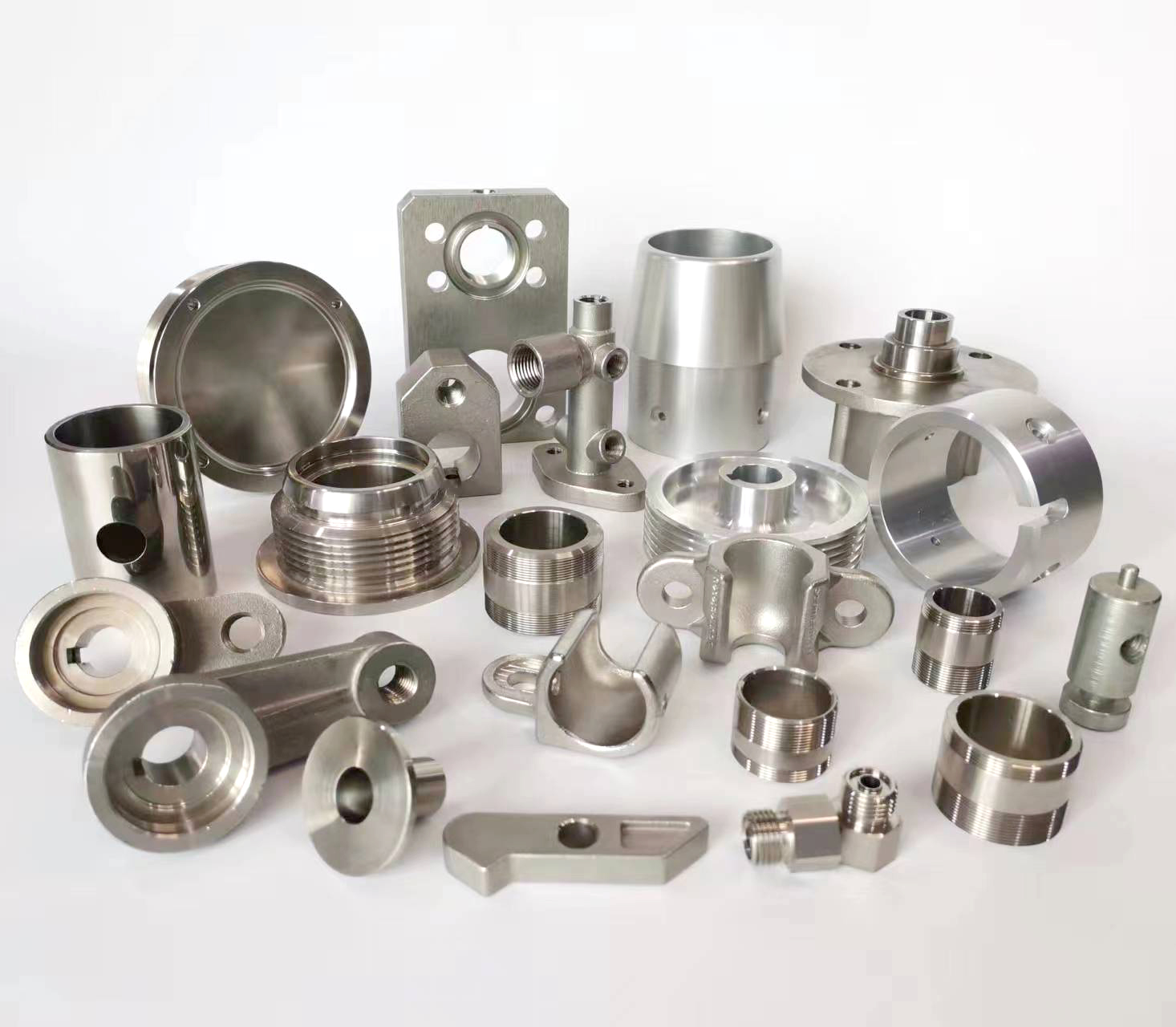
Here’s a comprehensive guide to maintaining your vernier caliper for optimal accuracy and longevity:
Essential Vernier Caliper Maintenance
Daily Cleaning:
Wipe Down After Every Use: Use a clean, soft, lint-free cloth (microfiber is ideal) to remove dust, coolant, metal chips, oil, fingerprints, and moisture. Pay special attention to the jaws, depth rod, and rack.
Gentle Debris Removal: If debris is lodged, use a soft brush (like a clean artist’s brush) or a toothpick carefully. Never use metal objects or excessive force.
Avoid Compressed Air: While tempting, compressed air can blow chips into the mechanism and potentially force moisture past seals. Use it sparingly and cautiously if necessary, directing airflow away from the scale/rack opening.
Proper Lubrication:
Light Oil Application: Apply a very thin film of high-quality instrument oil (like clock oil or light machine oil) or rust preventative (e.g., WD-40 Specialist Corrosion Inhibitor) to the sliding surfaces:
The main beam where the vernier scale slides.
The rack (gear teeth) underneath the sliding jaw.
The depth rod.
Less is More: Wipe off any excess oil thoroughly. A thick layer attracts dust and grit, forming an abrasive paste. A barely perceptible film is sufficient.
Avoid Sticky Oils: Don’t use heavy grease or sticky lubricants; they impede smooth movement and trap contaminants.
Correct Handling & Usage:
Avoid Dropping: Impact can misalign jaws, bend the depth rod, or damage the vernier scale/scale.
Gentle Jaw Pressure: Close the jaws onto the workpiece with light, consistent pressure. Never force them closed, overtighten the locking screw while clamped, or use the caliper as a clamp. The feel should be similar to holding a piece of paper.
Clean Workpieces: Ensure parts are free of heavy dirt, grit, or burrs before measurement to prevent scratching the jaws.
Avoid Measuring Moving Parts: Never measure rotating or vibrating parts.
Proper Technique: Hold squarely and avoid parallax errors when reading the vernier scale.
Optimal Storage:
Fully Retract: Store with the jaws slightly open (1-2mm) and the depth rod fully retracted to relieve spring tension.
Protective Case: Always return the caliper to its fitted protective case when not in use. This shields it from dust, impacts, and moisture.
Controlled Environment: Store in a clean, dry place. Avoid extremes of temperature and humidity, which can cause condensation or thermal expansion/contraction. A climate-controlled toolbox or cabinet is best.
Prevent Rust: Consider placing anti-rust paper or desiccant packs inside the storage case, especially in humid environments. Lightly oiling the jaws before long-term storage provides extra protection.
Protection from Elements:
Moisture: Immediately wipe off any water, coolant, or sweat. Avoid prolonged exposure to humid environments.
Corrosives: Keep away from acids, salts, and harsh chemicals. If exposed, clean immediately and thoroughly.
Heat: Avoid direct heat sources and excessive sunlight. Thermal expansion affects accuracy.
Regular Inspection:
Zero Check: Regularly check the zero point. Close the jaws gently (with clean faces) and ensure the vernier scale’s zero aligns perfectly with the main scale’s zero. Misalignment indicates wear, damage, or debris.
Jaw Wear/Alignment: Inspect jaw surfaces for nicks, burrs, or wear. Check if the jaws meet squarely along their entire length when closed.
Scale Condition: Ensure the engraved scales are clean and undamaged.
Smooth Operation: Movement should be smooth and consistent without binding or excessive play. Listen/feel for grating or roughness.
Periodic Calibration:
Schedule: Have your vernier caliper professionally calibrated at regular intervals based on usage frequency, criticality of measurements, and industry standards (often annually).
Traceability: Use an accredited calibration service providing traceable certificates to recognized standards (e.g., ISO 17025). This verifies accuracy over its entire range using calibrated gauge blocks.
Special Considerations:
Digital Calipers: Follow all above steps. Additionally:
Battery Care: Replace batteries promptly when low to prevent leakage. Remove batteries for very long-term storage.
Display: Protect the LCD from scratches and impacts.
Electronic Contacts: Keep the contacts under the sliding jaw clean and dry. Avoid getting oils or debris in the scale reader slot.
ESD: Be cautious of static electricity discharge near sensitive electronics.
Dial Calipers: Protect the dial face and pointer from impact. Ensure the rack and pinion are clean and lightly lubricated. Avoid getting oils into the dial mechanism itself.
What NOT to Do:
Do NOT disassemble: Unless you are specifically trained and equipped to service precision instruments, disassembly risks misalignment, damage, and loss of calibration.
Do NOT use abrasives: Never use steel wool, emery cloth, or harsh chemicals for cleaning.
Do NOT force movement: If it sticks, clean it carefully; don’t force it.
Do NOT store loosely: Throwing it unprotected into a toolbox drawer invites damage and contamination.
Do NOT neglect calibration: Accuracy is paramount. Don’t assume it’s still good without verification.
By following these meticulous care steps, your vernier caliper will provide reliable, accurate measurements for many years, protecting your investment and ensuring quality work.





